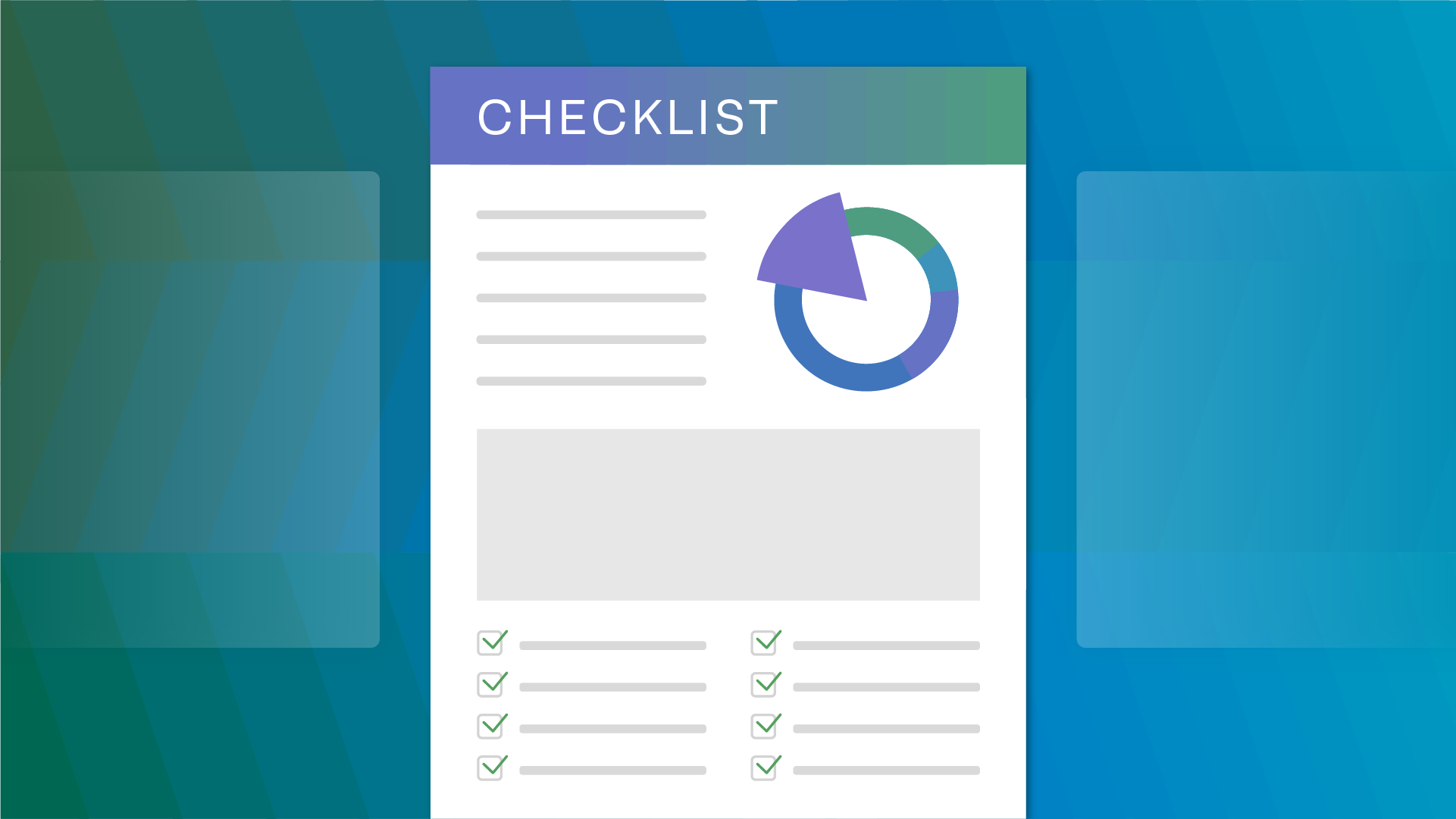Algorithmic bias
Algorithmic bias occurs when an artificial intelligence or automated system produces unfair, inaccurate, or discriminatory outcomes due to skewed data or flawed model design.
What is algorithmic bias?
Algorithmic bias refers to systematic errors or inequalities that arise when AI or machine learning models reflect or amplify existing social, demographic, or data-driven biases. It can emerge from unrepresentative training data, biased labeling, or inappropriate model assumptions. Addressing algorithmic bias is essential for ensuring fairness, transparency, and accountability in AI systems. It is a key focus of AI ethics, AI governance, and bias detection.
Why algorithmic bias matters
Unchecked algorithmic bias can lead to discriminatory decisions in areas such as hiring, credit scoring, healthcare, and law enforcement. These outcomes undermine public trust and expose organizations to legal and reputational risks.
The EU AI Act, GDPR, and global anti-discrimination laws emphasize fairness, transparency, and non-discrimination in automated processing. Organizations must demonstrate that AI systems are designed and monitored to prevent and mitigate bias.
Effective bias management supports ethical AI, improves user experience, and ensures compliance with emerging global standards on responsible technology use.
How algorithmic bias is used in practice
- Auditing datasets to identify and correct imbalances before AI model training.
- Implementing fairness metrics to evaluate model performance across demographic groups.
- Using explainability tools to understand and reduce bias in decision-making models.
- Conducting impact assessments to document potential harm and mitigation measures.
- Reviewing third-party AI vendors for fairness and ethical alignment.
Related laws & standards
- EU AI Act
- EU General Data Protection Regulation (GDPR)
- ISO/IEC 42001:2023
- NIS 2 Directive
- UK GDPR
How OneTrust helps with algorithmic bias
OneTrust helps organizations identify and mitigate algorithmic bias by enabling:
- Configurable workflows to audit data quality and detect potential bias
- Integrated tools to document fairness metrics and outcomes
- Automation to align with fairness and transparency requirements under the EU AI Act and GDPR
- Collaboration across privacy, data science, and legal teams to ensure accountability
- Evidence management for regulators and internal governance reviews
With OneTrust, organizations can promote fairness, transparency, and trust by operationalizing processes that detect and reduce bias in AI systems.
[Explore Solutions →]
FAQs about algorithmic bias
Algorithmic bias refers to unfair outcomes in any automated system, while AI bias specifically involves machine learning models that produce skewed or discriminatory results.
Data scientists, compliance teams, and privacy officers share responsibility, supported by AI governance functions that oversee fairness, testing, and ethical review processes.
It ensures AI systems meet transparency, fairness, and human oversight requirements, reducing risk and aligning with the EU AI Act’s provisions for trustworthy AI.




